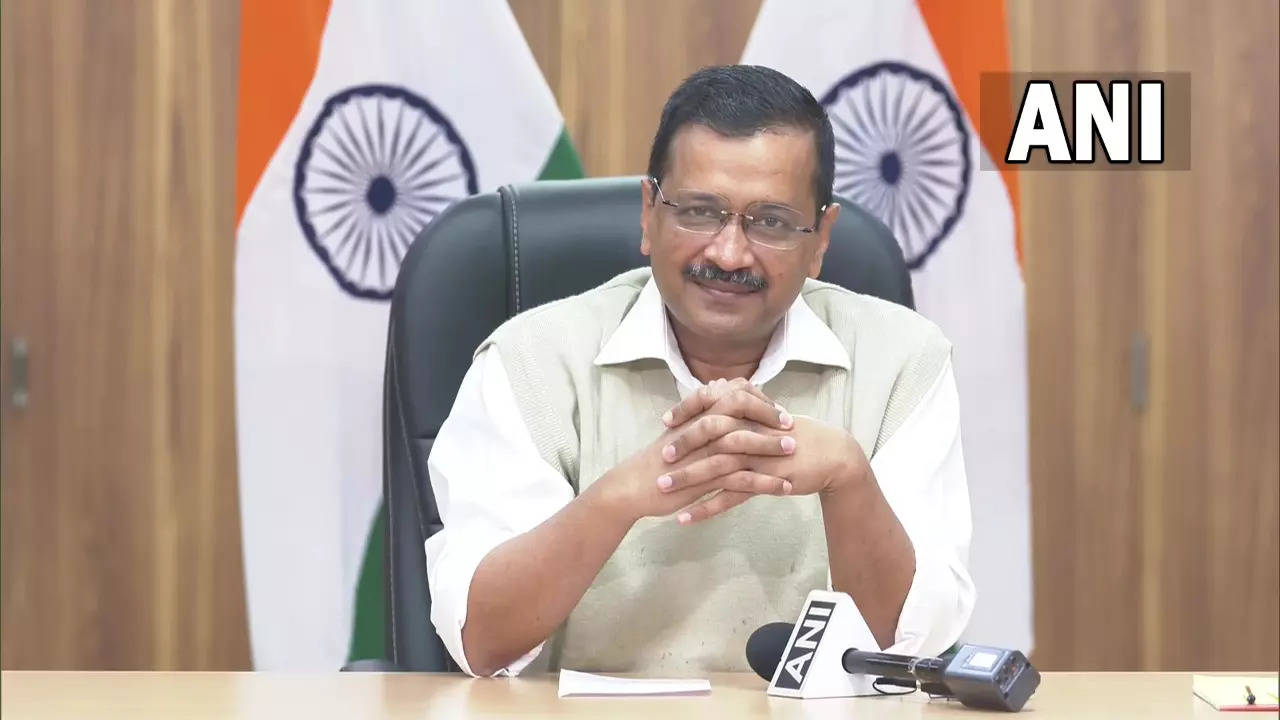It is currently in a pilot phase in 5 Indian cities ‑ Delhi, Bengaluru, Coimbatore, Bhopal, and Shillong.
What will ONDC do?
What UPI did for payments, the ONDC aims to do for retail. A kirana store owner in Coimbatore owner opens a popular payment app and searches for a product. What pops up on his screen is the products available in his own store.
“This is because we are standing close to my store. If we had done the same exercise in another location where another shopkeeper is logged on to the network, the search results will show his products on the screen,” the shopkeeper told ToI.
The default setting is based on proximity or closest location, which makes it an efficient hyperlocal search engine.
Hyperlocal approach
The advantage of ONDC comes into light here that it lets users choose the default setting (what they want first – nearest place, most discount etc.). A user looking to buy a pack of potato chips will find sellers closest to their location first, unlike e-commerce apps, which decide who the best seller for a consumer is.
“The consumer can change the default settings, for instance, to the best discount available and then the results will be based on the best offers by a store, even if it’s far away,” said Kumar Vembhu, CEO at GoFrugal, one of the early adopters on the ONDC network and provides software to sellers.
Once the product is ordered, the user gets to pick his delivery partner from a list of logistics providers, whether it’s an independent delivery person with a cycle or a Dunzo executive on a motorcycle.
“Logistics partners, including the seller, who have logged into the network can also list their delivery charges for that particular item or distance and the customer can then choose based on cost-effectiveness or fastest delivery,” said Vembhu.
Vembu is of the view that ONDC could become the only online network that can make sustainable 10-minute deliveries.
Sellers, who are part of the pilot, need to be logged into the ONDC through a third-party seller software such as GoFrugal.





